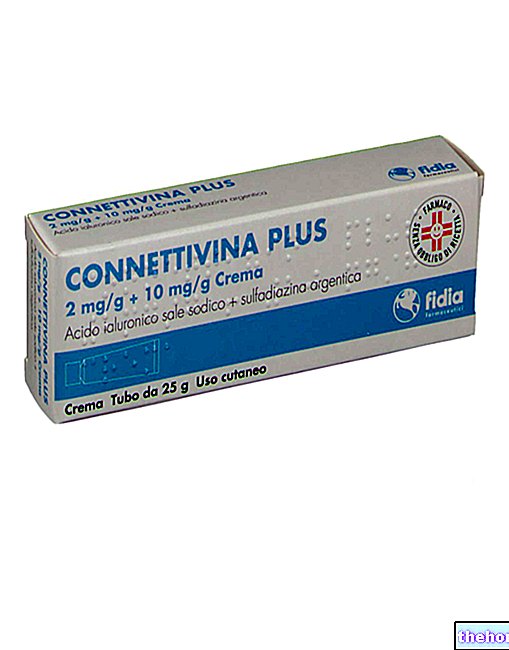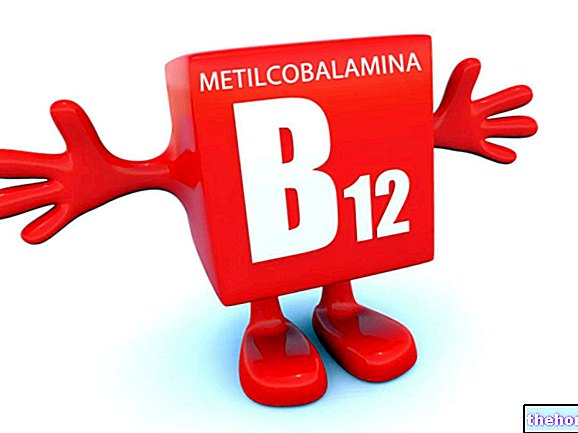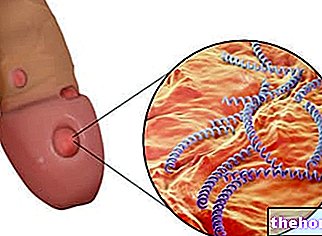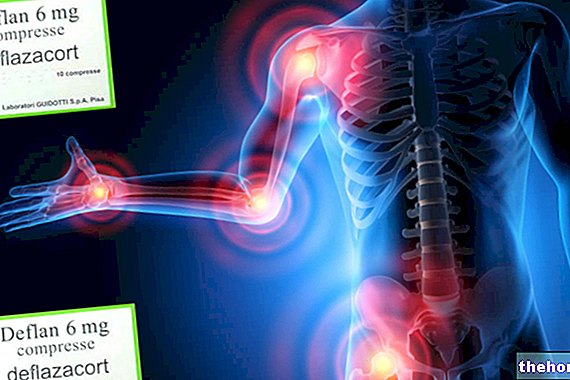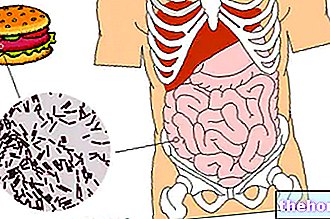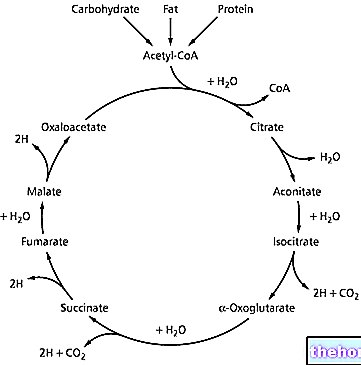
Helibacter pylori
Helicobacter pylori is a Gram-negative microaerophilic bacterium, found for the first time in the stomach. Not surprisingly, more than half of the world population hosts Helicobacter pylori in the upper gastrointestinal tract.

Electronic photograph of Helibacter pylori
This bacterium was first identified in 1982 by Australian doctors Barry Marshall and Robin Warren (who won the Nobel Prize in medicine for this), analyzing the gastric mucosa of patients suffering from chronic gastritis and gastric ulcer, diseases that up to at that time it was not imagined that they could have a "microbial origin."
Helicobacter pylori has also been attributed a role in the development of duodenal ulcer and some cases of stomach cancer. However, more than 80% of infected people are completely asymptomatic. H.pylori infection is greater in developing countries and is declining in developed (Western) countries.
The morphology of Helicobacter pylori resembles a rod curved on itself, and therefore appears helical (hence the name Helicobacter); it is thought that the bacterium penetrates the mucosa that lines the stomach causing lesions that lead to ulceration of the mucosa, of consequence of the ulcer.
Diagnosis
The diagnosis of Helicobacter pylori infection is made in several ways, but the typical dyspeptic symptoms caused by the bacterium are usually sought. Tests to diagnose H.pylori are divided into invasive and non-invasive. The non-invasive tests are the Breath Urea Test, the '' breath test "" and the test for the "antigen of the bacterium in the stool, while invasive tests require the" endoscopic examination and the taking of biological samples.
The most reliable test to diagnose the presence of Helicobacter pylori is precisely the endoscopic one, which requires the removal of gastric biological material, then analyzed in microbial culture. In some cases, the ELISA test on the patient's urine can also be used; this test offers good accuracy with a sensitivity of about 95%.
Eradication Therapy
Different therapeutic approaches are used to eradicate Helicobacter pylori, but the most successful are triple therapy and sequential therapy.
Sequential therapy is nothing more than a dual therapy with amoxicillin and a proton pump inhibitor (PPI, eg omeprazole) for 5 days, followed by triple therapy for the other 5 days.
Triple therapy is used in all cases of H.pylori infection according to various combinations, used in different cases. The most frequent combinations are:
- amoxicillin 2000 mg / day + clarithromycin 1000 mg / day + IPP (e.g. omeprazole) standard dose;
- or clarithromycin 500 mg / day + metronidazole 1000 mg / day + IPP standard dose;
- or tetracycline 2000 mg / day + metronidazole 1500 mg / day + bismuth subcitrate 480 mg / day + IPP standard dose.
Other articles on "Triple therapy for" Helicobacter pylori eradication "
- Helicobacter pylori - Diagnosis and Treatment -
- Helicobacter pylori
- Helicobacter pylori: Pathogenicity
- Helicobacter pylori: Contagion and Symptoms




